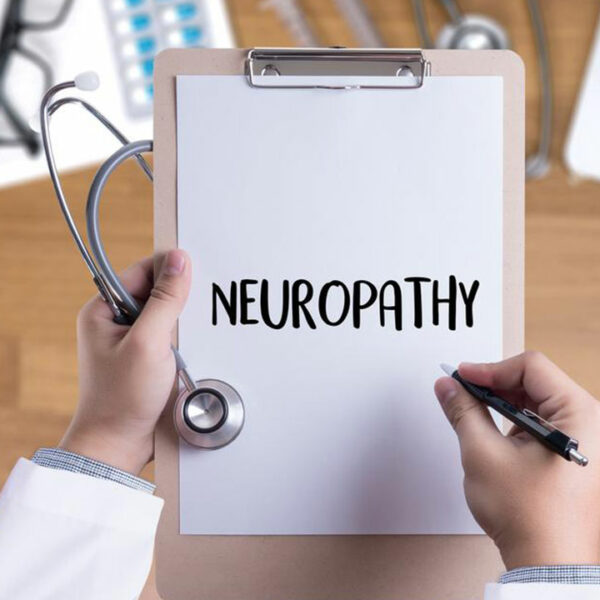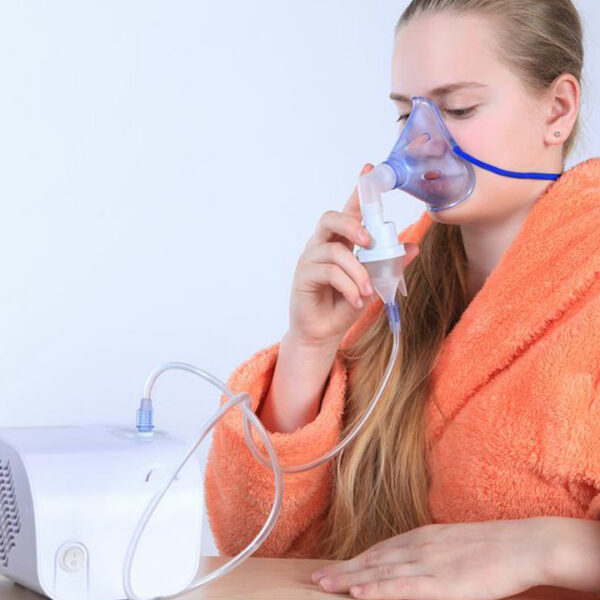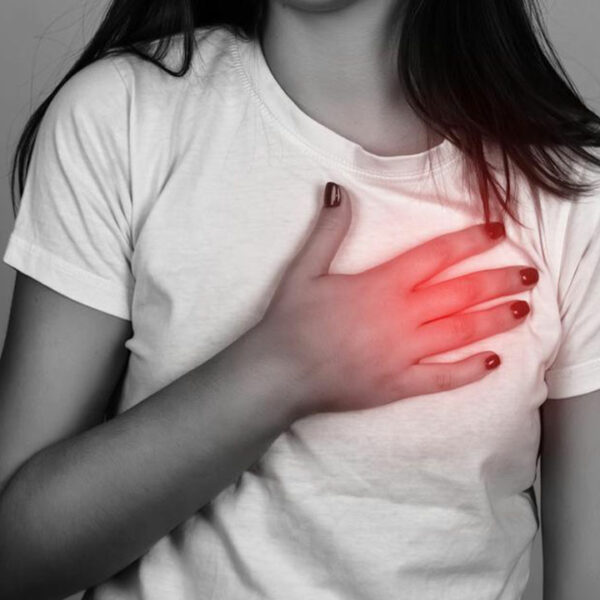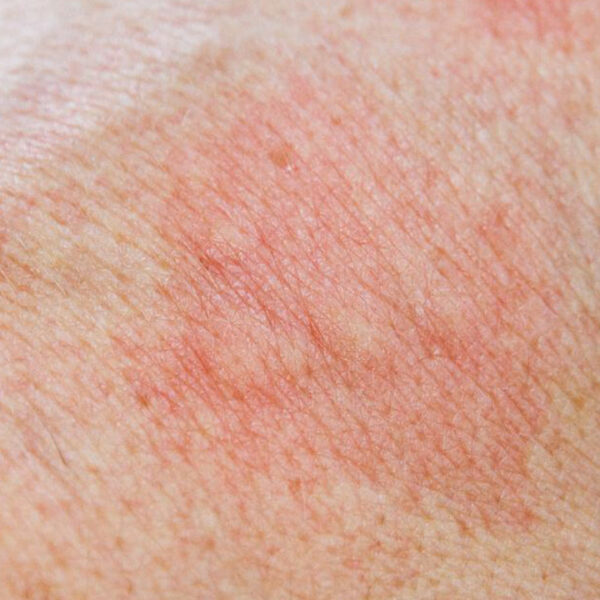
Causes, Symptoms and Treatment for Neuropathy
Neuropathy in your feet can be painful and influence your entire life negatively. Your feet hold the entire weight of your body. If you’re suffering from neuropathy in feet, it can be a big hindrance to your daily activities and the overall functioning of the body. If you suffer from neuropathy of your feet, you should be aware that this disorder revolves around your nerves and nervous system. Your peripheral system has a number of nerves, each of which has a specific function. The sensory nerves are responsible for receiving different sensations like pain, heat, touch, and more. The motor nerves deal with muscle movement and coordination, while the autonomic nerves deal with functions relating to your heart rate, bladder, digestion, and so on. Symptoms of neuropathy in feet If you are suffering from neuropathy in your feet, you will experience the following symptoms. A sudden feeling of numbness in your toes, which then spreads to the entire feet, and eventually the legs. Prickling or tingling sensation in your feet. Sharp jabbing pain across the middle of your feet. A freezing, burning or throbbing pain. The affected feet become extremely sensitive to touch. Coordination and balance are affected, resulting in you falling or losing balance often.









